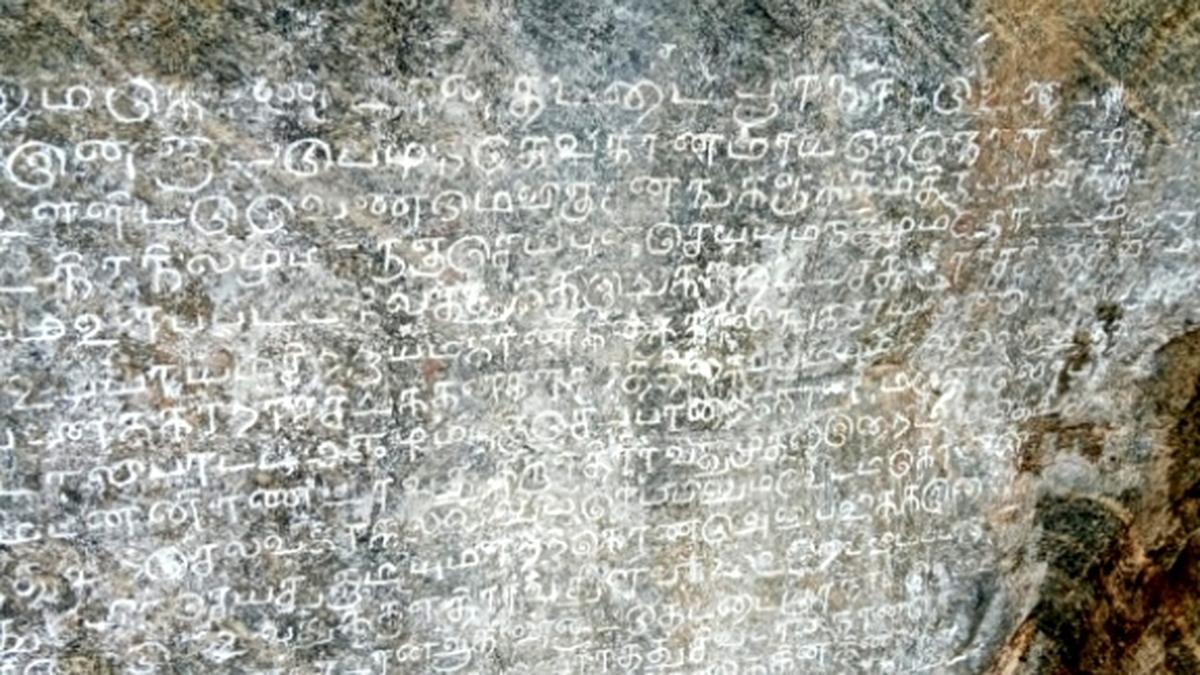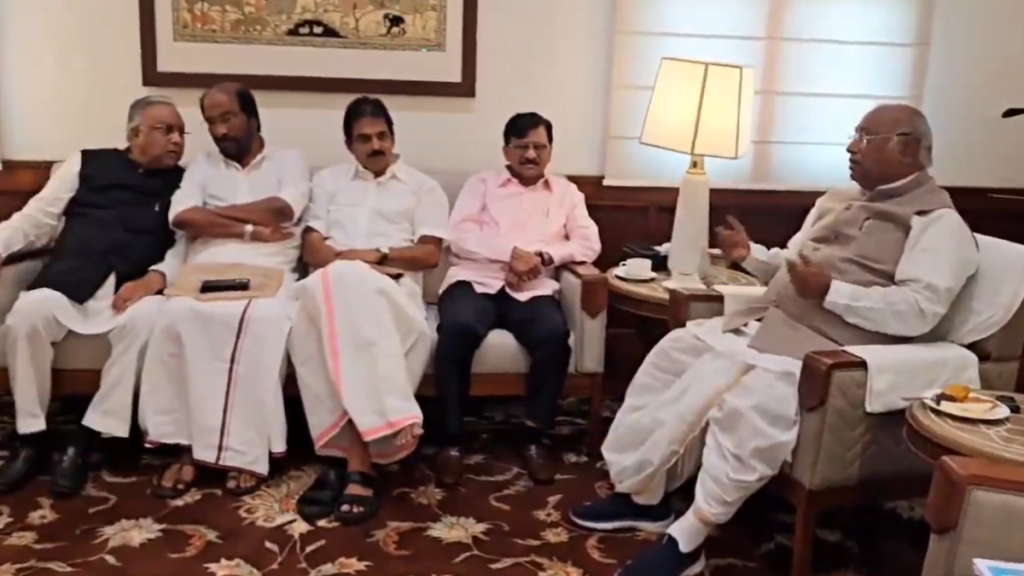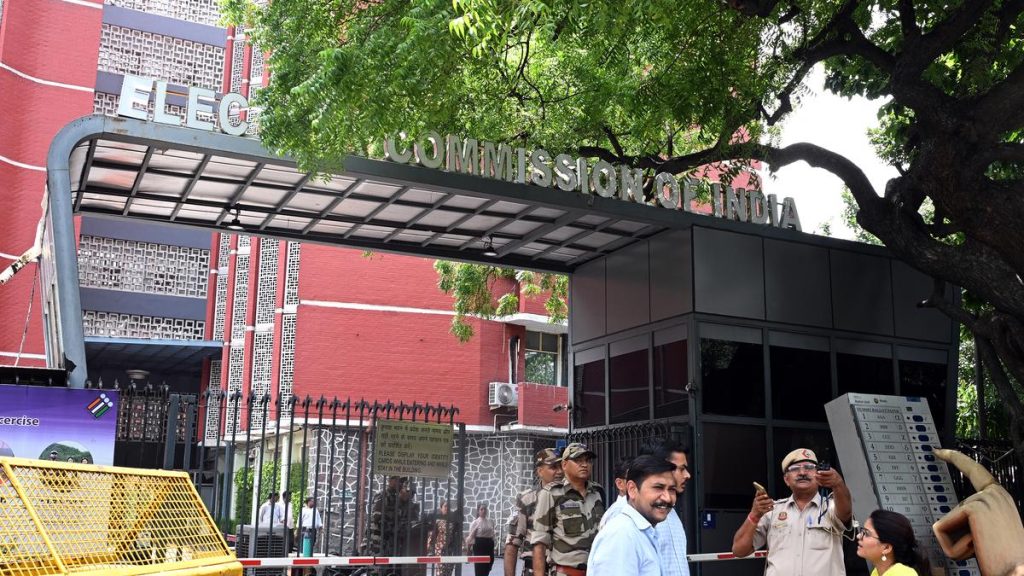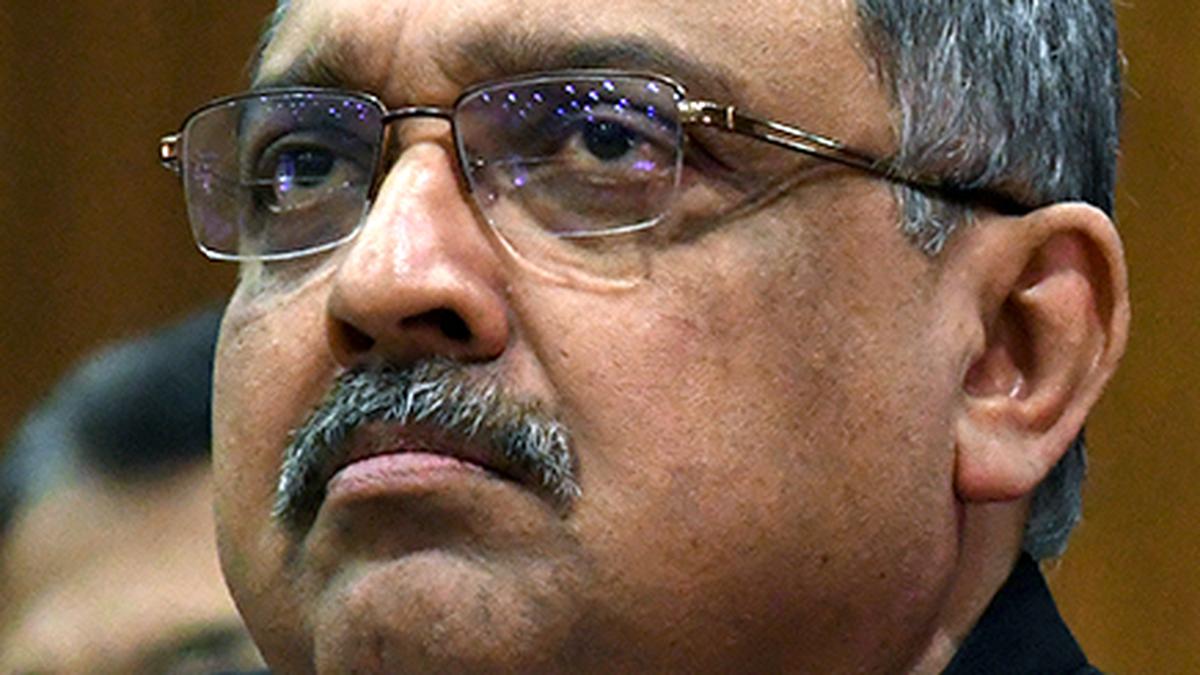Now Reading: Chola-Era Inscriptions Unearthed in Tamil Nadu’s Karur District
-
01
Chola-Era Inscriptions Unearthed in Tamil Nadu’s Karur District
Chola-Era Inscriptions Unearthed in Tamil Nadu’s Karur District

Fast Summary
- A recently deciphered stone inscription at Sankaranmalai in karur district, Tamil Nadu, sheds light on documentation practices during the Chola period.
- The inscription suggests that Chola kings recorded endowments and other details not only on stones but also on copper plates.
- The site is located in Sithalavai village panchayat, Krishnarayapuram taluk of Karur District.
- The study was conducted by a team of epigraphists headed by Mani maran from Sarasvati Mahal Library,Thanjavur. They were approached by history enthusiasts Krishnakumar (Tiruppur) and Thangaraj (Karur).
- The inscriptions mention donations made to the “Sankaramalai Udaiyarkovil” and detail that records should be inscribed both on stone and copper.
- Dated roughly to the 12th-18th year of Kulothunga Cholan’s rule, it also features symbols like a bull, two men, a trident (‘trishul’), and a ‘navakandam’ with an ‘agni kundam.’ It depicts imagery including what appears to be a man about to perform self-sacrifice.
Indian Opinion Analysis
The deciphering of this inscription not only enriches our understanding of governance under the Chola dynasty but highlights thier meticulous documentation practices-ensuring durability through dual mediums (stone and copper). Such discoveries are notable as they underline how Tamil history intertwines cultural traditions with administrative foresight.
Moreover, iconographic elements such as the trident (‘trishul’) and self-sacrificial motif reflect deeper religious or ritualistic connotations tied to endowments during this era. This reinforces how closely material patronage was linked with spiritual obligations in historical South India.
For modern India’s historical research community, this finding reiterates the potential for unearthing forgotten histories scattered across rural landscapes. It calls for sustained efforts toward preserving ancient heritage while fostering public interest in localized archaeology.
For more details: Read More

























